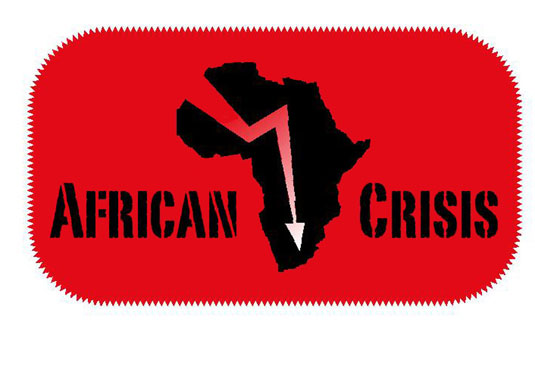WARNING: This is Version 1 of my old archive, so Photos will NOT work and many links will NOT work. But you can find articles by searching on the Titles. There is a lot of information in this archive. Use the SEARCH BAR at the top right. Prior to December 2012; I was a pro-Christian type of Conservative. I was unaware of the mass of Jewish lies in history, especially the lies regarding WW2 and Hitler. So in here you will find pro-Jewish and pro-Israel material. I was definitely WRONG about the Boeremag and Janusz Walus. They were for real.
Original Post Date: 2008-04-04 Time: 00:00:00 Posted By: Jan
By Lee Rondganger and Linda Daniels
Between April last year and March this year 18 793 South Africans were murdered, 54 926 were raped and 119 726 were violently robbed.
On Wednesday, however, Safety and Security Minister Charles Nqakula said the “future looks even rosier than the present”.
Crime-weary South Africans will see little “rosy” in the daily incidents of murder, rape and hijacking which for many is still their daily reality, but Nqakula insists the country “is indeed enjoying better safety than the case has been in the past”.
Nqakula conceded on Wednesday that the government had failed to meet its target to decrease the rate of murder, rape and indecent assault.
Two years ago, the government set itself targets of reducing contact crimes such as murder, rape, indecent assault, attempted murder and robbery by between 7 percent and 10 percent every year until 2009.
Nationally, however, murder, has decreased from 18 793 in 2004/5 to 18 528 in 2005/6 (2 percent), while rapes decreased from 55 114 over the same period to 54 926 (1 percent) while indecent assault went down from 10 123 to 9 805 (3,8 percent).
For Gautengers there is the grim solace that the province is not the country’s “murder capital”.
That unwanted distinction belongs to the Eastern Cape, where 3 726 people were killed between April last year and March, according to the latest crime statistics released by Nqakula yesterday.
However, the Western Cape had the highest murder ratio per 100 000 people, at 59,3.
According to the statistics, a woman was more likely to be raped in the Northern Cape than elsewhere in the county, with 155,7 per 100 000 people reporting rape cases, although Gauteng had the highest number of reported rapes (11 562).
Gauteng also had the highest number of aggravated robbery cases (49 784), compared to KwaZulu Natal’s 24 608 cases and the Western Cape’s 12 945.
Cars were most likely to be stolen in the economic heartland of Gauteng, where 456,5 people per 100 000 reported that their cars had been stolen.
A house was more likely to be broken into in the Western Cape, with 882,6 people per 100 000 people reporting burglaries.
The scourge of cash-in-transit robberies has increased by 74 percent nationally to 383 incidents in 2005/6, as opposed to 220 incidents in 2004/5.
According to the police statistics, between April last year and March this year, there were 3 434 murders, 11 562 rapes and 49 784 aggravated robberies in Gauteng.
These crimes have decreased by 6 percent, 4,9 percent and 11,4 percent respectively.
Carjacking in Gauteng decreased slightly from 6 902 incidents to 6 890, while bank robberies increased from 38 to 45.
House robberies also shot up in the province, from 5 365 to 5 909, while business robberies also showed an increase of 995 more incidents. The crime stats also showed an increase of vehicle and motorcycle theft, which rose from 39 251 to 41 170.
While the government has failed to sufficiently reduce three of its eight priority contact crimes, seen as especially damaging to the country – rape, murder and indecent assault – on the upside Nqakula noted that other contact crimes had met and even surpassed the government’s target over the same period.
Common robbery decreased by 18,3 percent, attempted murder by 16,6 percent, common assault by 15,6 percent, and serious and violent assaults by 9,6 percent.
Nqakula said that if the fight against crime was to be won, the public would need to play a greater role. “We can’t expect that it is only the police’s responsibility to fight crime.”
Nqakula acknowledged that a crime spike had been experienced between April and August this year, but these figures were not included because the crime statistics released yesterday were for the 2005/06 financial year.
SA Police Service Assistant Commissioner Dr Chris de Kock told reporters that reducing the government’s crime target was difficult to achieve because “a large chunk of South African crime is very much happening between people who know each other”.
A murder typically happened when people were intoxicated with drugs or alcohol and had arguments with friends. “We would have to have a police officer in every house to prevent this,” said De Kock.
He also said the number of murders of police officers had decreased, although attacks on officers had increased.
The police also announced that 529 SAPS members had been suspended for alleged involvement in crime.
